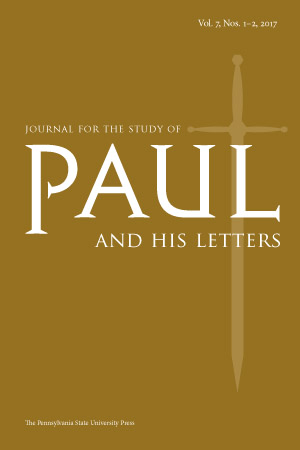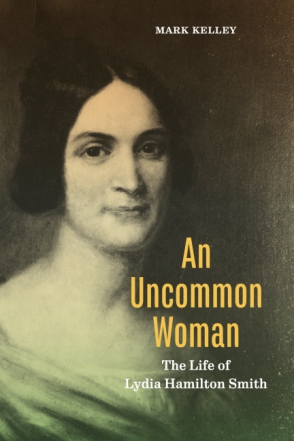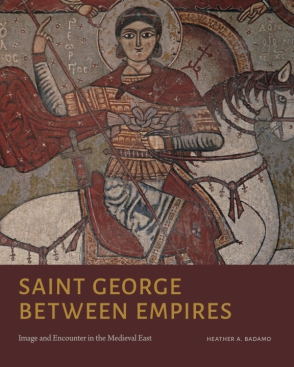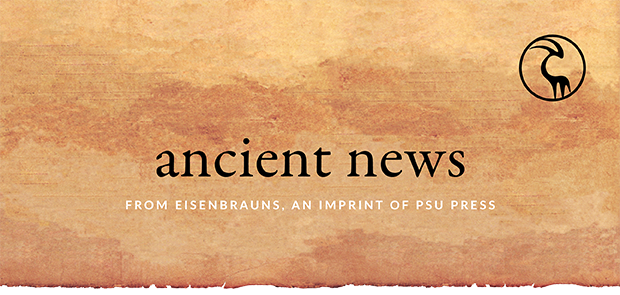
in this issue
general news
Welcome to the December issue of Ancient News!
All of us at Eisenbrauns were saddened to hear of the passing of Robert D. Miller II last month. Among his contributions to the field, we are proud to count two Eisenbrauns books: Baal, St. George, and Khidr and The Dragon, the Mountain, and the Nations. Our thoughts are with his family and friends at this time.
In other news, we are closing out 2023 with our annual Holiday Sale! All of the books on our website are on sale, and the more you buy, the more you save! Use discount code EHO23 for 30–50% off. Sale ends 12/18.
We were glad to see so many of you at ASOR and AAR/SBL. If you didn’t get to stop by our exhibit booth at either of these conferences, there is still time to shop our virtual exhibit sales! Visit our sales & specials page for more details.
Happy Holidays!
holiday sale
30% off $50, 40% off $100, and 50% off all orders of $150 or more!
Use discount code EHO23 at checkout. Sale ends 12/18.
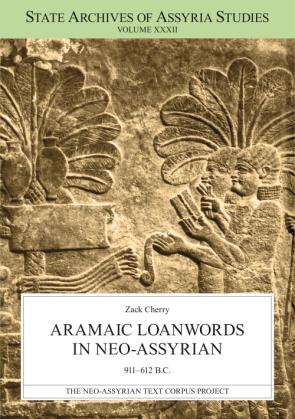
Aramaic Loanwords in Neo-Assyrian 911–612 B.C.
Zack Cherry
This study identifies and analyzes Aramaic loanwords occurring in Neo-Assyrian texts between 911 and 612 B.C. As two Semitic languages, Neo-Assyrian and Aramaic are sibling-descendants of a postulated common ancestor, Proto-Semitic. The work provides information about the contact between the two languages and about the people who spoke them.
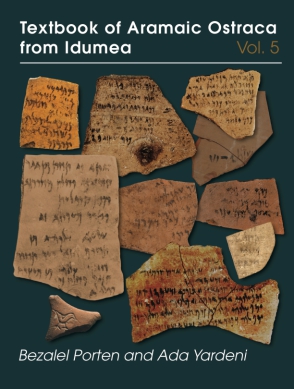
Textbook of Aramaic Ostraca from Idumea, Volume 5
Dossiers H–K: 485 Ostraca
Bezalel Porten and Ada Yardeni
Since the early 1990s, about two thousand Idumean Aramaic ostraca have found their way onto the antiquities market and are now scattered across a number of museums, libraries, and private collections. This fifth and final volume of the Textbook of Aramaic Ostraca from Idumea completes the work of bringing these ostraca together in a single publication.
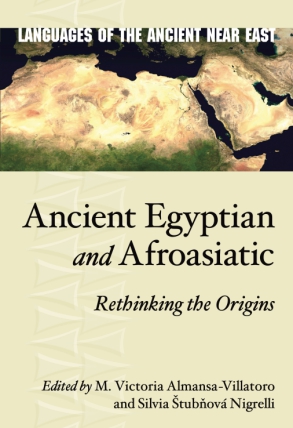
Ancient Egyptian and Afroasiatic
Rethinking the Origins
Edited by María Victoria Almansa-Villatoro and Silvia Štubňová Nigrelli
By challenging assumptions regarding the proximity between Egyptian and Semitic Languages, Ancient Egyptian and Afroasiatic provides a fresh approach to the relationships and similarities between Ancient Egyptian, Semitic, and Afroasiatic languages.
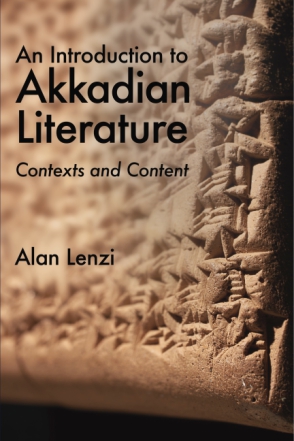
An Introduction to Akkadian Literature
Contexts and Content
Alan Lenzi
“A study that renders Akkadian literature accessible to a different readership.”
new books
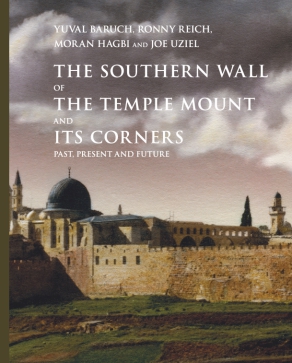
The Southern Wall of the Temple Mount and Its Corners
Past, Present and Future
Edited by Yuval Baruch, Ronny Reich, Moran Hagbi, and Joe Uziel
“The Temple Mount/Haram aš-Šarīf has fascinated scholars since the dawn of modern archaeology, and the pious for millennia before that. The studies assembled here document excavations and conservation at the southern and southwestern retaining walls of the Herodian Temple, with special care for all periods—from the Iron Age to Herod the Great to medieval Islam. This magnificent volume is a monument to decades of dedicated research, a resource for generations to come!”
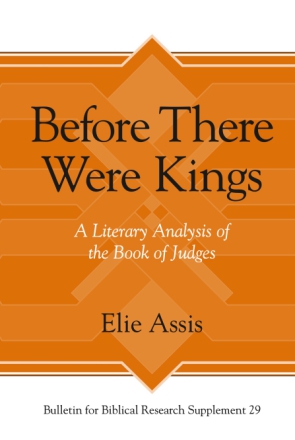
Before There Were Kings
A Literary Analysis of the Book of Judges
Elie Assis
“Assis utilizes a close reading of the book of Judges and interacts with the secondary literature while contributing to a reading of the text that explains how the parts produce the whole. Before There Were Kings makes an important contribution, not simply in the method of reading, but in the particular way in which Assis’s perspective contributes to an understanding of the book.”—K. Lawson Younger, Jr., Divinity School, Trinity International University
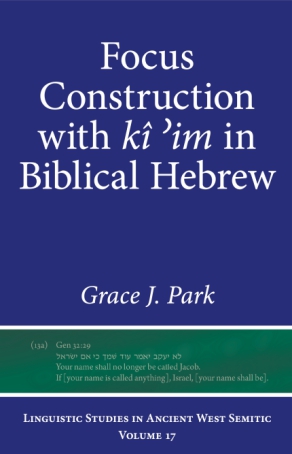
Focus Construction with kî ’im in Biblical Hebrew
Grace J. Park
This study uses modern linguistic theory to analyze a frequently recurring syntactic phenomenon in the Hebrew Bible that has thus far resisted explanation: כי אם.
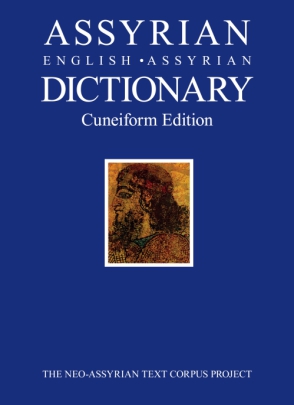
Assyrian-English-Assyrian Dictionary
Cuneiform Edition
Edited by Simo Parpola
This dictionary contains all the words attested in Assyrian texts from the Neo-Assyrian period. Most of the vocabulary comes from Neo-Assyrian and Standard Akkadian, with some Aramaic and Neo-Babylonian entries. The Assyrian-English-Assyrian Dictionary was the first English-Akkadian dictionary ever published, and the new cuneiform edition features words written in the cuneiform script of the Neo-Assyrian period.
journals
new from psu press
VIEW PSU Press News, the PSU Press newsletter| Control your subscription options |

